A biker’s tour through hidden Vietnam
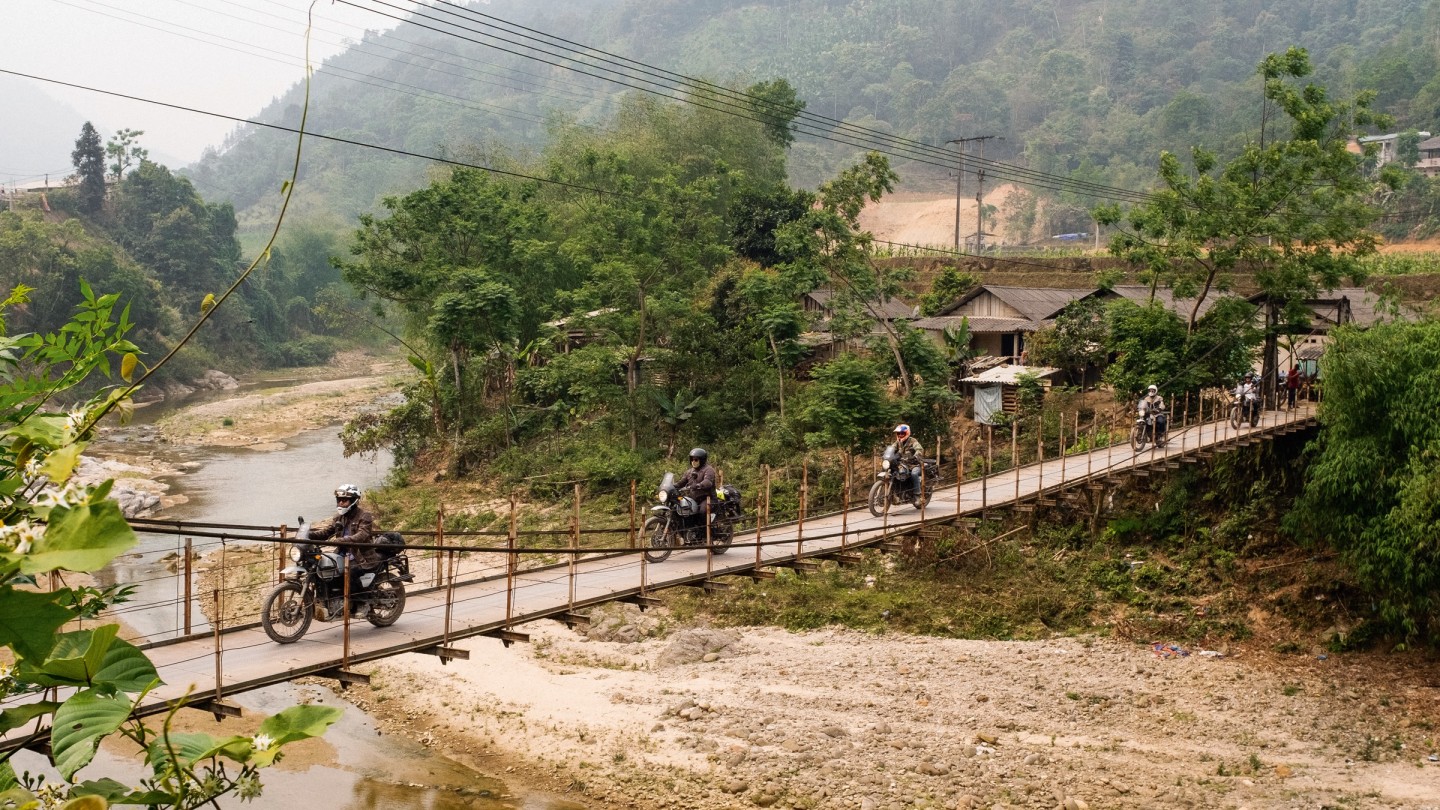
Roula Khalaf, Editor of the FT, selects her favourite stories in this weekly newsletter.
I’ve never been happier to see tarmac. The grey ribbon of road ahead of me flashes through the lush green of the Vietnam landscape. It comes at the perfect moment. I have just fallen from my motorbike, the back end sliding out mid-corner on a dusty gravel mountain pass in Hà Giang, so to be back on a real, proper road is a relief.
I have ridden 300 miles through picturesque tea plantations, boarded a boat on Thác Bà Lake and traversed the single-lane tracks of Hoàng Su Phì. Three days into a 12-day, 1,000-mile guided motorbike adventure through north Vietnam, I am already bewitched by this beautiful country, its people and its food.
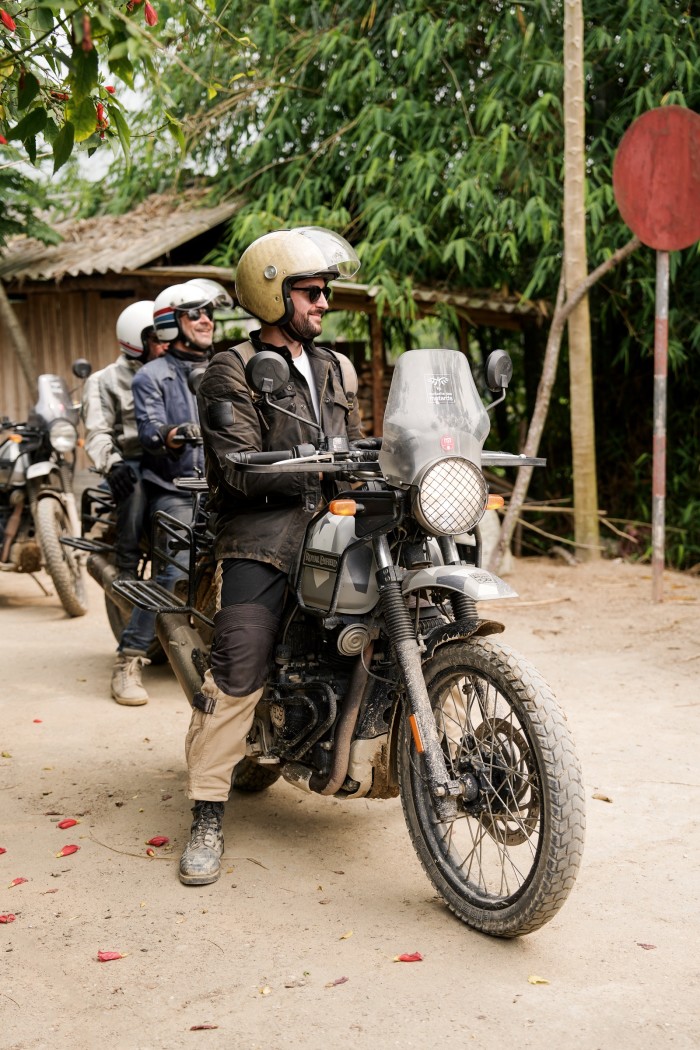
The trip, organised by Vintage Rides, begins in the capital Hanoi, where the air is saturated with petrol and garlic – the two-stroke scooter engines in a constant battle with the sizzling pans on the sides of the street. To cross the road is an achievement in itself, a dizzying feat of calculated steps, the scooters and cars dancing around in their quest for space. Join on your own scooter or motorbike and you’ll never question the traffic in London or Los Angeles again.
But life slows down soon after we leave the city. An hour’s ride north of Hanoi finds the deep countryside where farmers grow rice or tobacco. The paddies open out, country lanes narrow and spectacular karst rock formations appear.
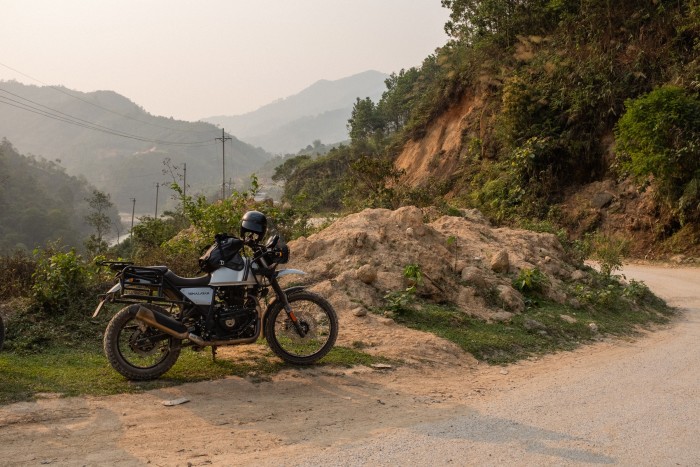
Each day is made up of a roughly 100-mile ride. The predetermined routes are designed to challenge riders with roads that pass through small villages, mountains and off-road sections. Riders can expect to spend between four and six hours a day in the saddle, making the trip a feat of endurance as much as skill. It’s led by François Combes, 41, an experienced guide and expert rider who runs tours around the world. He’s supported by three Vietnamese assistants who help riders communicate with locals as well as offer daily support. Viet, who was born in Hội An, takes pride in making the group fresh coffee every morning, while Nam is the on-hand mechanic.
The trip attracts a range of people, from 25-year-old engineers to 64-year-old retirees. There are 11 of us in total, from the UK and France, and the camaraderie builds quickly. We hurriedly share intimacies over lunch, such is the intensity of the riding. It’s a shared experience that is completed as a pack, with problems solved as one.
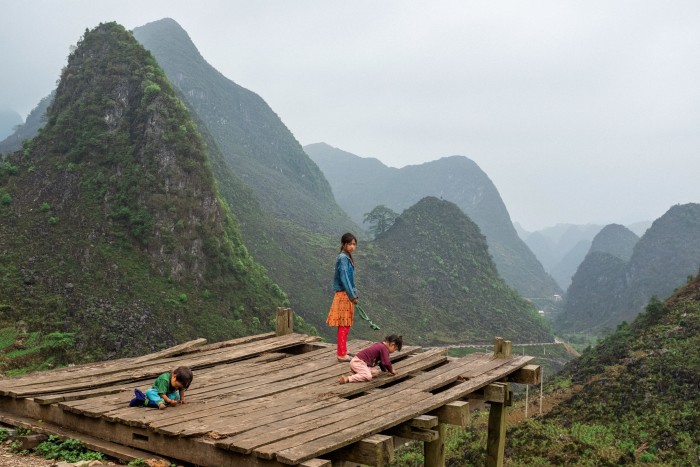
Further north of the country, we head towards the Unesco-protected geopark of Đông Văn. We are greeted by tooting horns and friendly waves as we pass through each small town, the children just finishing school, heading home on their bicycles.
Such friendliness is at least partly to do with the fact that we are travelling on bikes. People are used to seeing scooters on the roads across Vietnam – Hanoi contains more than five million of them alone – and much of the country is made for two wheels. Big bikes are more unusual, thanks partly to their impracticality but also the 100 per cent import tax on foreign-assembled vehicles. I’m riding a Royal Enfield Himalayan, a mid-size 411cc adventure bike designed for traversing every kind of terrain. But, with its small size, quiet engine and retro ’80s looks, it’s far from being an intimidating motor.
Over the 12 days we encounter everything from smooth tarmac to grass, freshly rained-on mud, clay and gravel. The Himalayan can tackle it all with its high suspension travel, predictable power and relatively light weight. It inspires confidence (in my case maybe just a little too much confidence). You can rely on it through the slippery stuff, lean on its skinny tyres through the bends, and make use of its upright riding position when you want to admire the scenery.
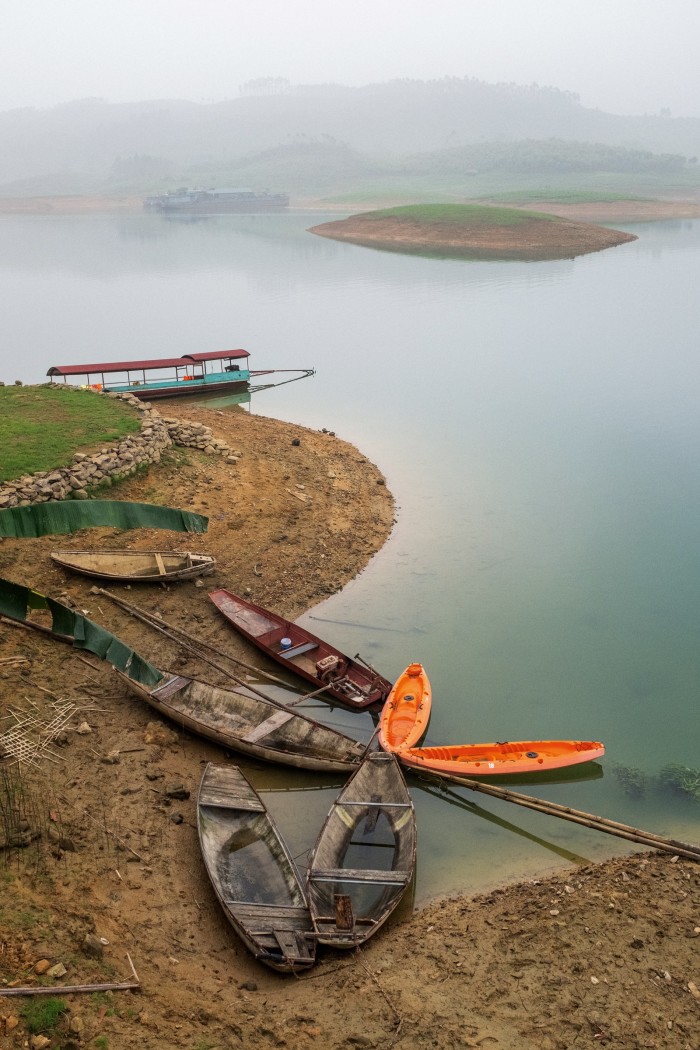
Accommodation differs every day, from the very comfortable Hanoi Allure Hotel to places like La Vie Vu Linh, a community-run homestay overlooking the atmospheric Thác Bà Lake. It’s run by Fredo Binh, a gracious host who employs local Dao people. Each room has a lakeside view, while guests eat together in the evenings, barefoot on traditional mats. Fredo does the rounds, drinking shots of homemade rice wine while regaling us with his own tales of adventure.
In the Dao village of Quan Ba we stay in wooden shacks, while in Hoàng Su Phì there are stilted huts overlooking rice paddies. Each is perfectly decent but it makes us grateful for the reprieve of hotels in Đông Văn and Cao Băng, with their soft mattresses and air conditioning, given that daily temperatures reach up to 38ºC.
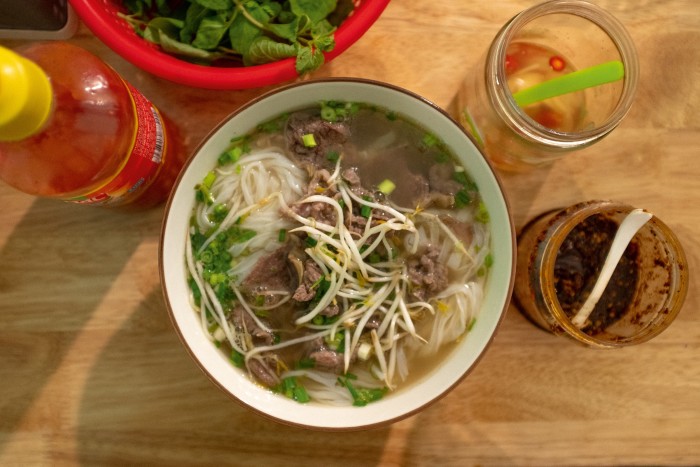
While the quality of the places to stay is variable, the food is universally excellent. Bun Cha Hanoi sets the bar high on the first evening, with its blend of sweet-and-sour dipping sauce and grilled fatty pork. The most famous Vietnamese dish, pho, is a near daily necessity. Maison Teahouse Bungalow in Hà Giang specialises in its own version, serving it with raw beef and noodles that you cook yourself in a steaming bowl of broth. Incredibly fresh and spicy, it’s the perfect fuel for a long day on the road. Other highlights include a dish of fried chicken with ginger – served with the head and feet so you know you’re getting your full bird’s worth – and a blood sausage that has a distinctive juicy, bitter taste.
The landscapes of north Vietnam are vast and hugely variable: one moment flat and green, the next jagged, mountainous and intimidating. The karsts almost don’t look real. Huge limestone pyramids, they sit defying each other, proudly competing for height and width.
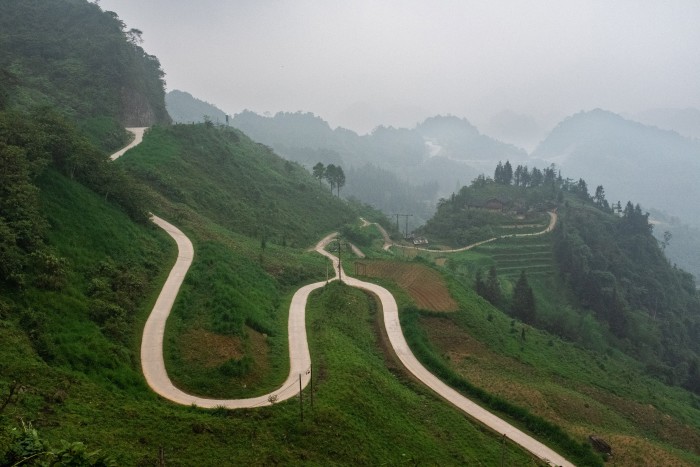
On the Hà Giang loop, we climb up and through the mountains, embracing their unusual shapes. There are sweeping, high-speed Monza curves, tight Monaco hairpin bends and long Mulsanne straights, where you can admire the trees, water buffalo and wild dogs as you whizz past. Slower moments include the ancient lands of Ba Be National Park, with its endless rice paddies, narrow lanes and farmers in their nón lá conical hats. In these areas, the same scenes one associates with old footage and images of Vietnam remain largely unchanged.
Two wheels makes for an exhilarating way to explore Vietnam in more depth. Such a physical experience immediately makes one feel more connected to the landscape. It also opens up areas that are otherwise hard to reach: the bikes can navigate the cracks and crevices of the country, the hidden passages and unfinished tracks that are still off-limits to normal backpackers. As such, the trip still feels exclusive, a glimpse of a traditional society that is increasingly opening up to visitors and therefore inevitably changing. It’s an incredible experience, even if you don’t quite manage to remain entirely upright.
From €3,430, vintagerides.travel

Comments